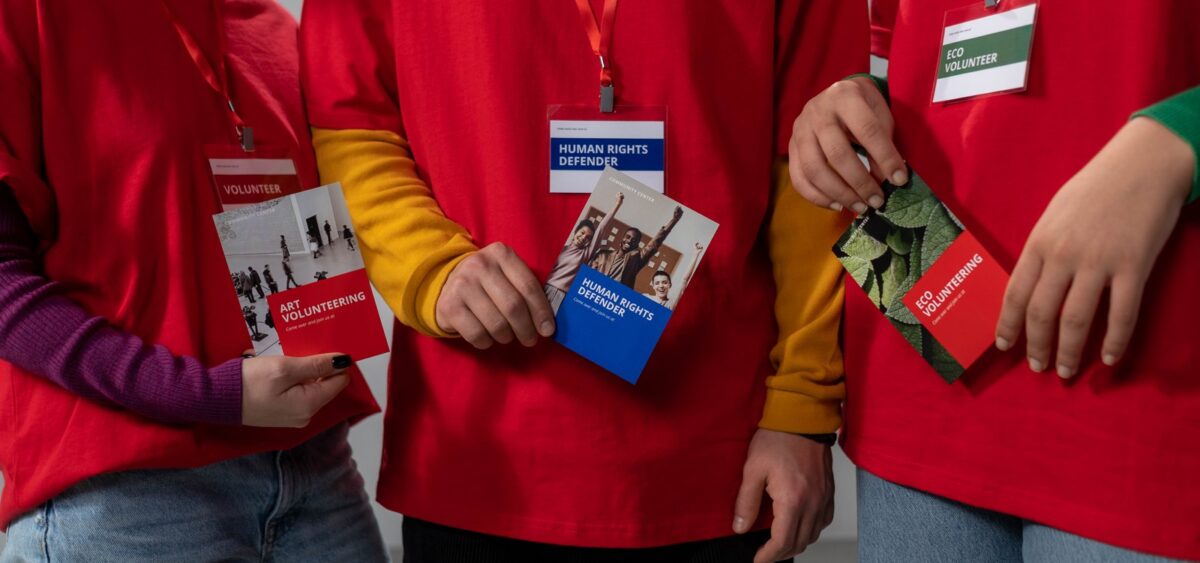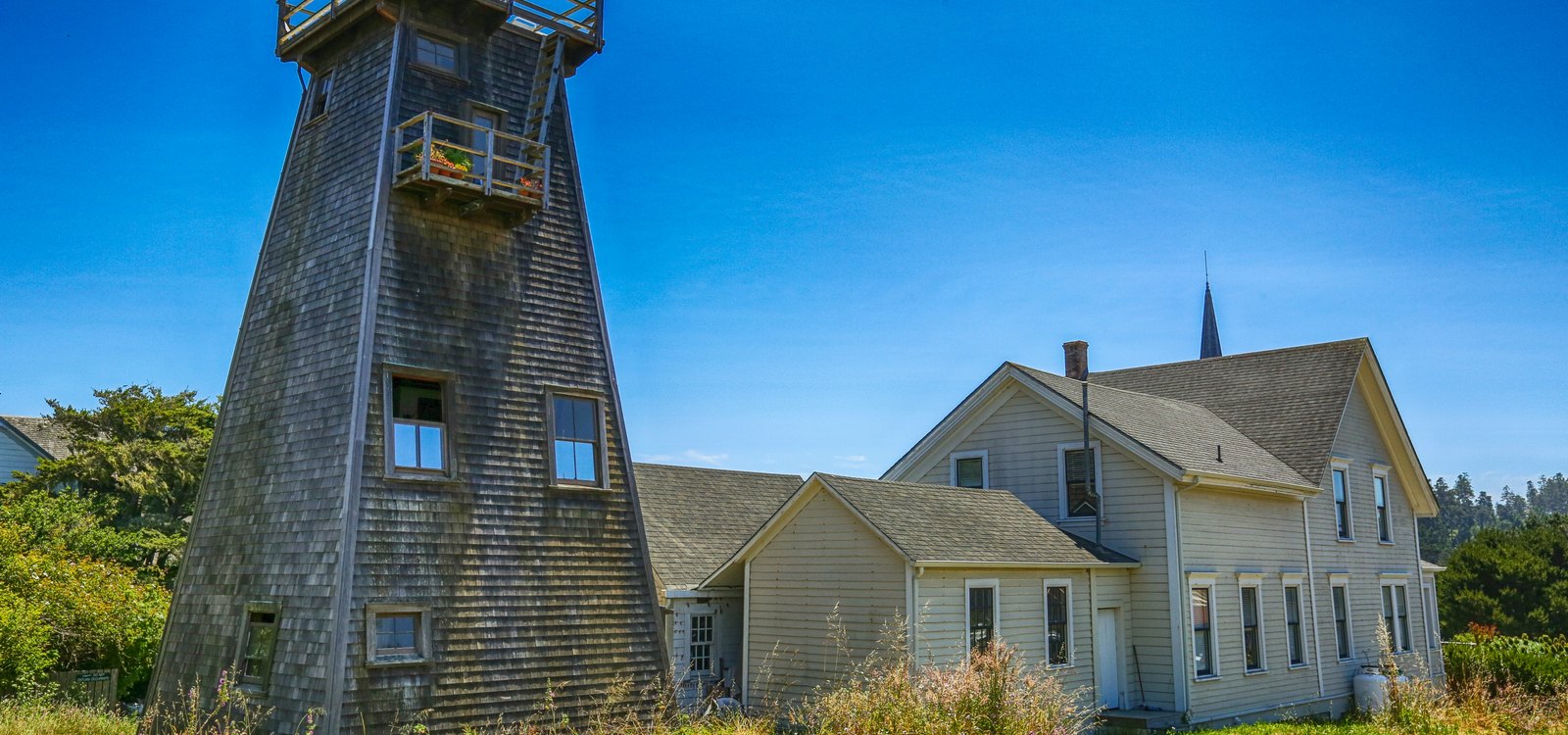Since the mid-2000s. So far, restoration volunteering has gone from a local initiative to a public phenomenon supported at the government level.
If the incoming flow of volunteers is small and not enough to solve current problems, as well as if the project work needs trained, proven volunteers with some experience, then a volunteer organization can create a kind of accumulative system.

The most effective way to unite people for a long time is to create a community, where the main task of leadership is the development of the community, maintaining a certain balance and balance. The inevitable outflow of volunteers (fatigue, disappointment, job change, deteriorating health, etc.) should be minimized and balanced by the inflow.
The community is united by one point of entry for volunteers, common internal principles and standards, a common cause, a common brand, common events supporting the entire community, and common leadership.
Organizations of the “Community” type effectively solve one-time tasks, hold events or actions, and are also capable of carrying out project activities. Unlike “Inexhaustible Source” in such organizations there is work with volunteers and support of volunteers, which allows them to be more professional, sustainable and promising.
